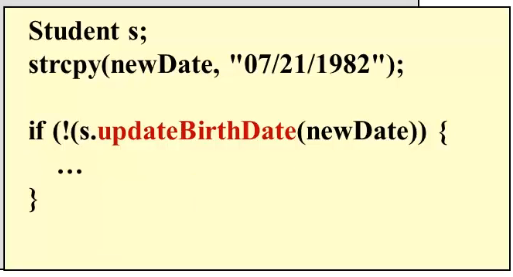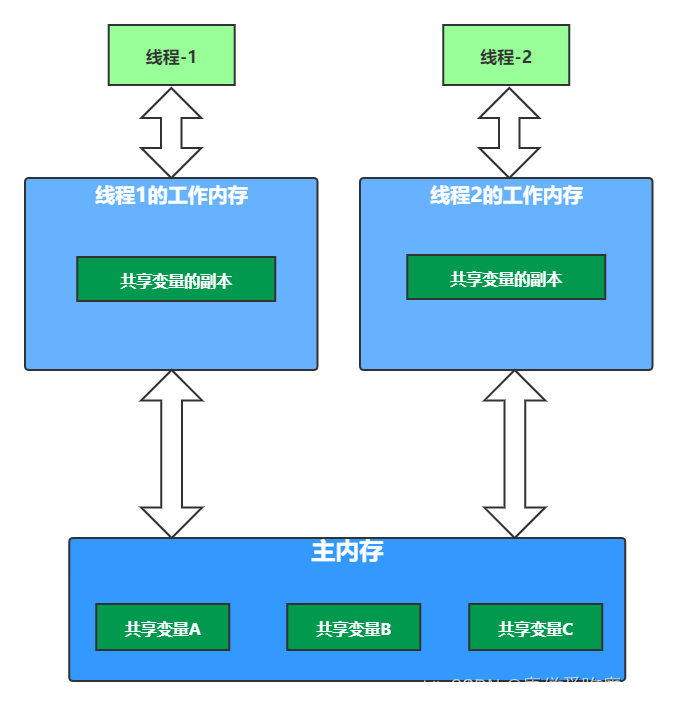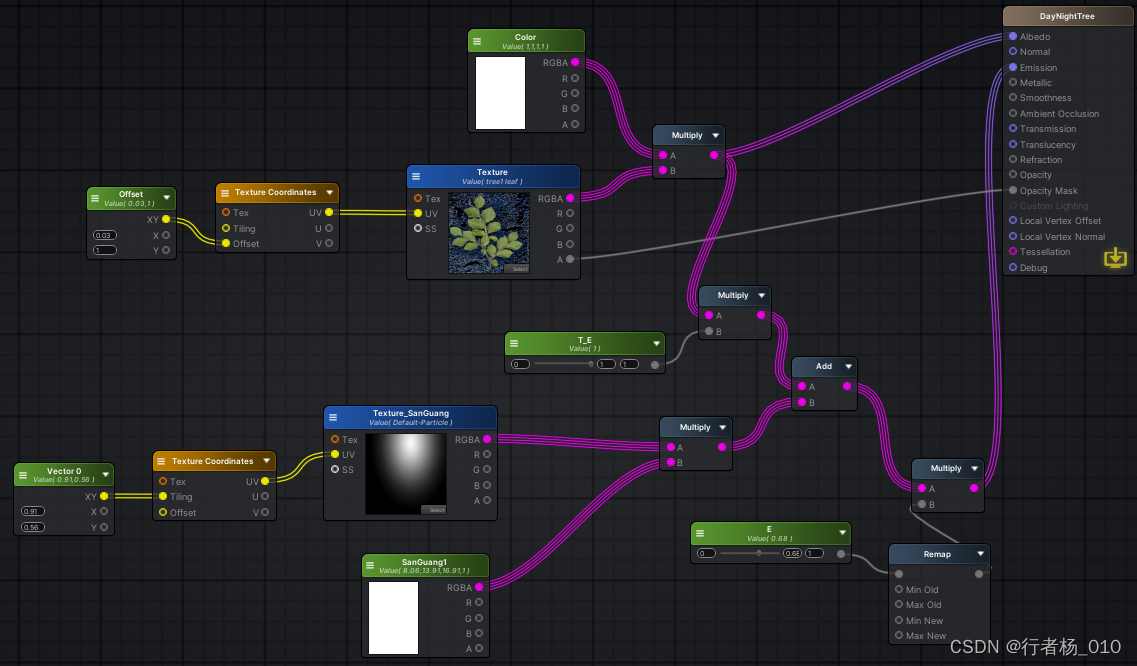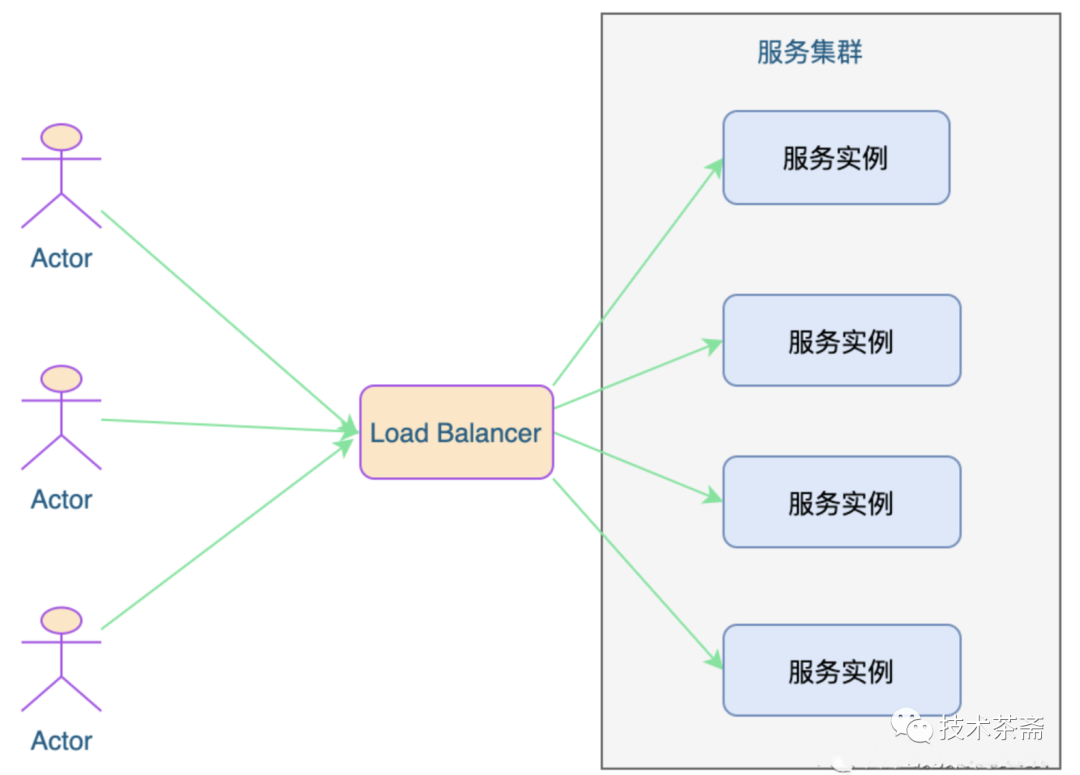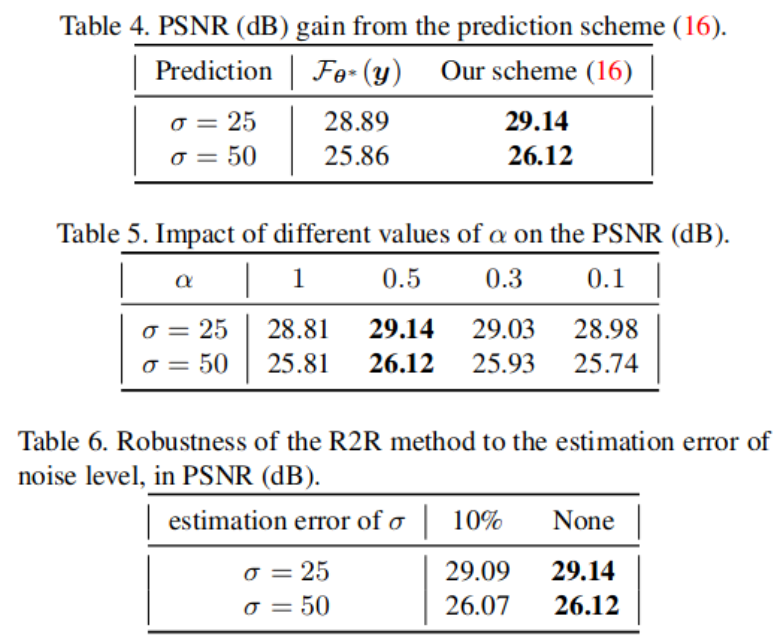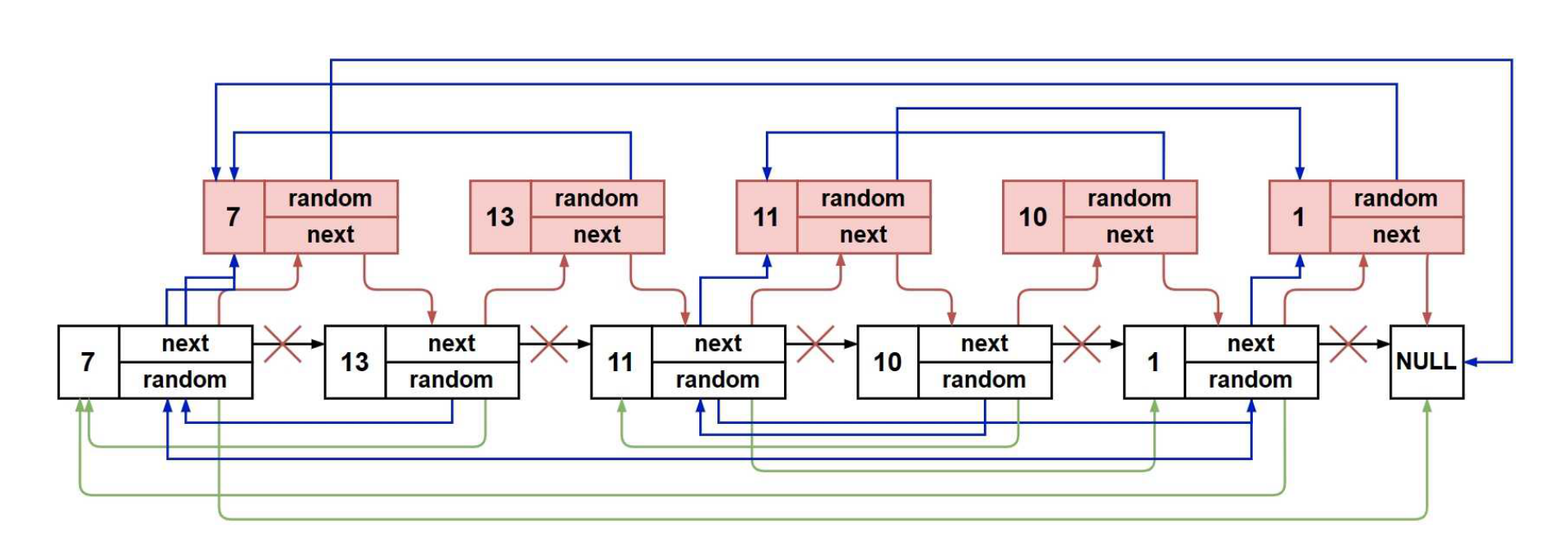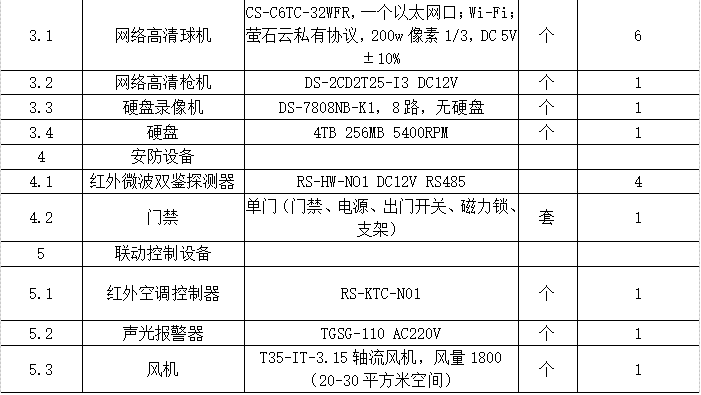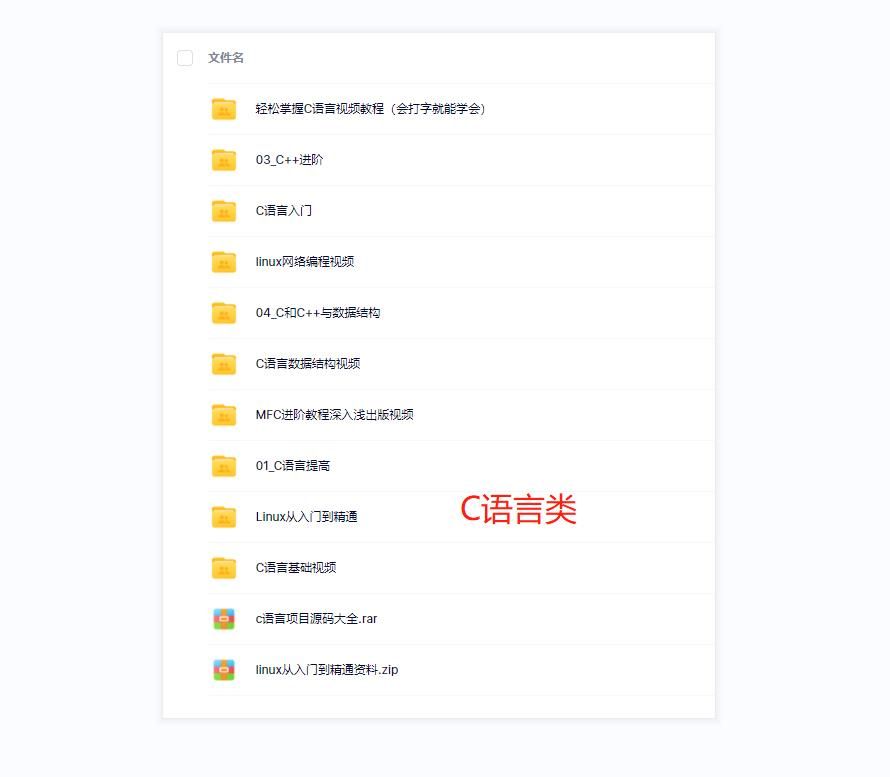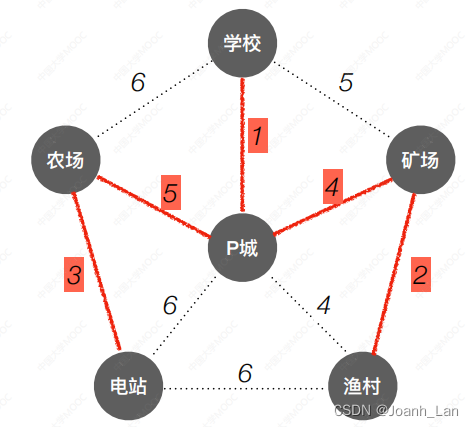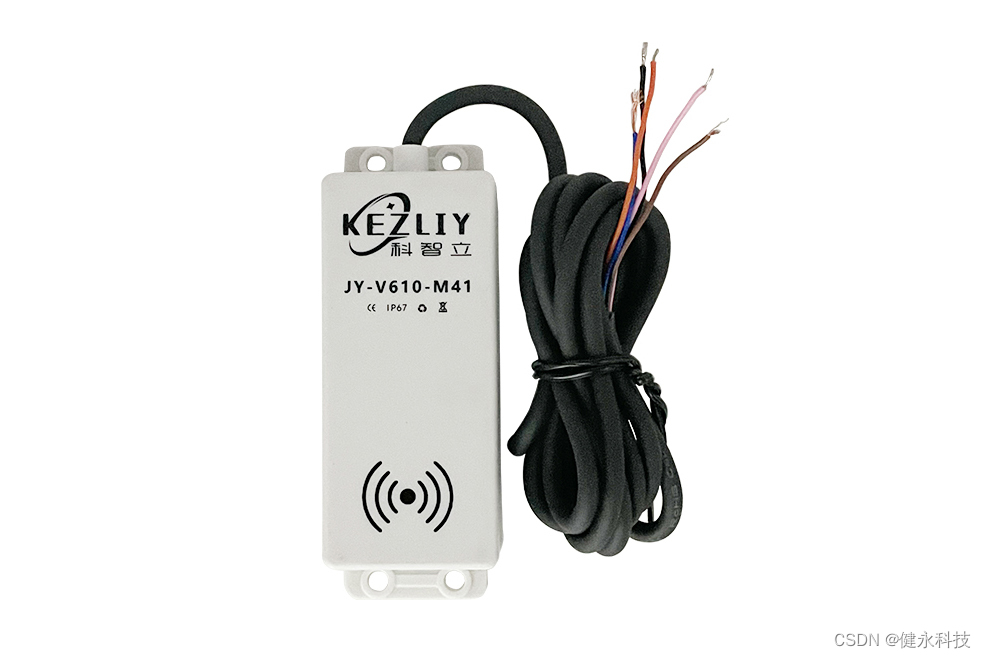文章目录
- 一、日志处理
- 二、事务控制
- 三、参数校验
- 四、自定义注解
- 五、AOP 方法失效问题
- 1. ApplicationContext
- 2. AopContext
- 3. 注入自身
- 六、附录
- 1. 示例代码
AOP 提供了一种面向切面操作的扩展机制,通常这些操作是与业务无关的,在实际应用中,可以实现:日志处理、事务控制、参数校验和自定义注解等功能。
Spring AOP 的原理参阅:《Spring中的AOP和动态代理》
一、日志处理
在调试程序时,如果需要在执行方法前打印方法参数,或者在执行方法后打印方法返回结果,可以使用切面来实现。
@Slf4j
@Aspect
@Component
public class LoggerAspect {
@Around("execution(* cn.codeartist.spring.aop.sample.*.*(..))")
public Object doAround(ProceedingJoinPoint joinPoint) throws Throwable {
// 方法执行前日志
log.info("Method args: {}", joinPoint.getArgs());
Object proceed = joinPoint.proceed();
// 方法执行后日志
log.info("Method result: {}", proceed);
return proceed;
}
}
二、事务控制
Spring 提供的声明式事务也是基于 AOP 来实现的,在需要添加事务的方法上面使用 @Transactional 注解。
@Service
public class DemoService {
@Transactional(rollbackFor = Exception.class)
public void insertBatch() {
// 带事务控制的业务操作
}
}
三、参数校验
如果需要在方法执行前对方法参数进行校验时,可以使用前置通知来获取切入点方法的参数,然后进行校验。
@Slf4j
@Aspect
@Component
public class ValidatorAspect {
@Before("execution(* cn.codeartist.spring.aop.sample.*.*(..))")
public void doBefore(JoinPoint joinPoint) {
// 方法执行前校验参数
Object[] args = joinPoint.getArgs();
}
}
四、自定义注解
因为 AOP 可以拦截到切入点方法,Spring 也支持通过注解的方式来定义切点表达式,所以可以通过 AOP 来实现自定义注解的功能。
例如,自定义一个注解来实现声明式缓存,把方法的返回值进行缓存。
@Target({ElementType.METHOD})
@Retention(RetentionPolicy.RUNTIME)
@Documented
public @interface Cacheable {
/**
* 缓的Key
*/
String key();
/**
* 缓存过期时间
*/
long timeout() default 0L;
/**
* 缓存过期时间单位(默认:毫秒)
*/
TimeUnit timeUnit() default TimeUnit.MILLISECONDS;
}
然后定义一个切片来实现常规的缓存操作,先读缓存,缓存不存在时执行方法,然后把方法的返回结果进行缓存。
@Aspect
@Component
public class AnnotationAspect {
@Around("@annotation(cacheable)")
public Object doAround(ProceedingJoinPoint joinPoint, Cacheable cacheable) throws Throwable {
// 自定义缓存逻辑
return joinPoint.proceed();
}
}
五、AOP 方法失效问题
Spring AOP 的原理是在原有方法外面增加一层代理,所以在当前类调用 AOP 方法时,因为 this 指向的是当前对象,而不是代理对象,所以 AOP 会失效。
@Service
public class DemoService {
public void insert() {
// 该方法事务会失效
insertBatch();
}
@Transactional(rollbackFor = Exception.class)
public void insertBatch() {
// 带事务控制的业务操作
}
}
解决这个问题的常用方法有下面三种:
1. ApplicationContext
使用 ApplicationContext 来手动获取 Bean 对象,来调用 AOP 方法:
@Service
public class DemoService {
@Autowired
private ApplicationContext applicationContext;
public void insert() {
DemoService demoService = applicationContext.getBean(DemoService.class);
demoService.insertBatch();
}
@Transactional(rollbackFor = Exception.class)
public void insertBatch() {
// 带事务控制的业务操作
}
}
2. AopContext
使用 AopContext 工具类来获取当前对象的代理对象。
@Service
public class DemoService {
public void insert() {
((DemoService) AopContext.currentProxy()).insertBatch();
}
@Transactional(rollbackFor = Exception.class)
public void insertBatch() {
// 带事务控制的业务操作
}
}
3. 注入自身
使用 Spring 注入自身来调用 AOP 方法:
@Service
public class DemoService {
@Autowired
private DemoService that;
public void insert() {
that.insertBatch();
}
@Transactional(rollbackFor = Exception.class)
public void insertBatch() {
// 带事务控制的业务操作
}
}
六、附录
1. 示例代码
Gitee 仓库:https://gitee.com/code_artist/spring

